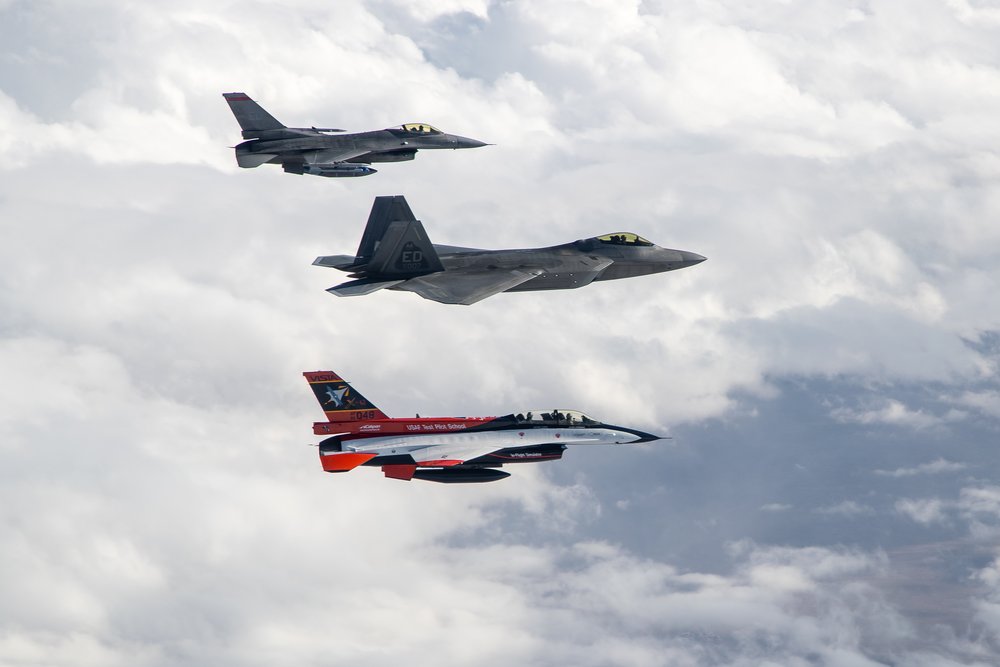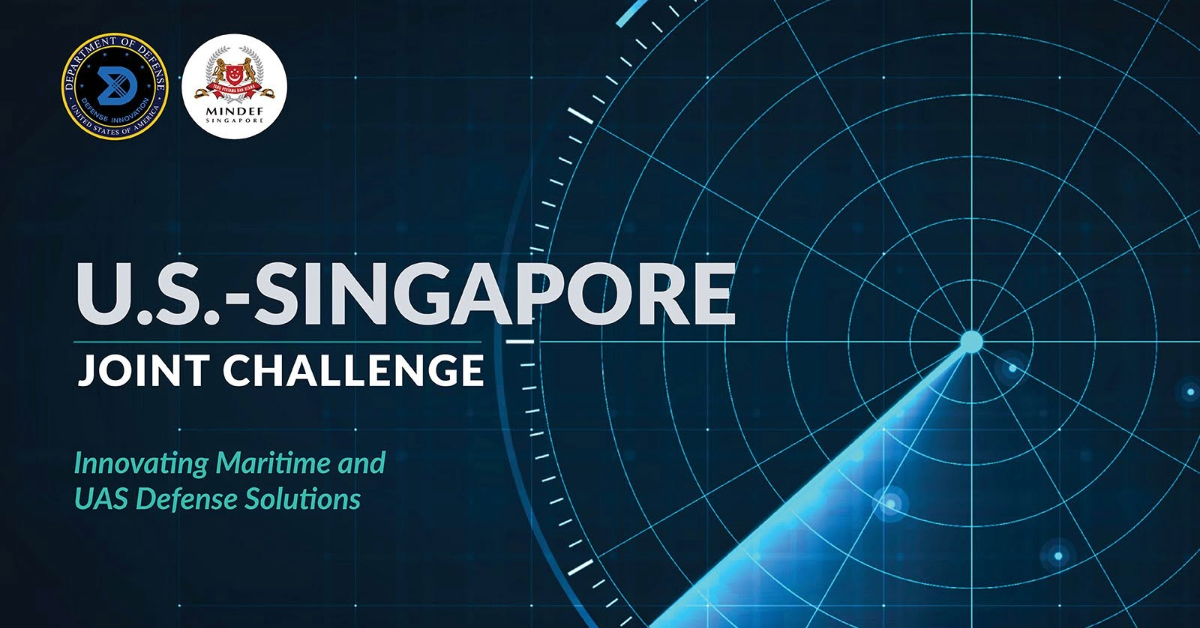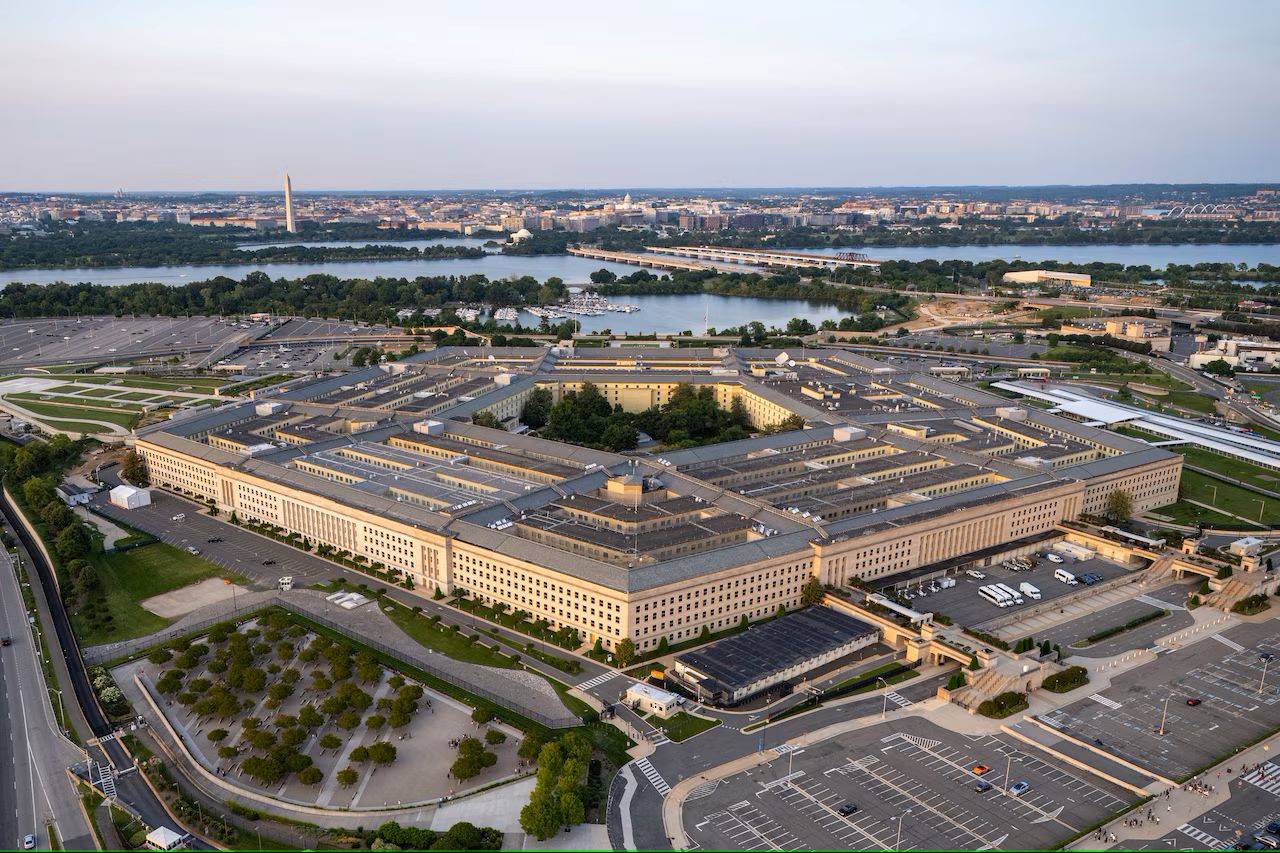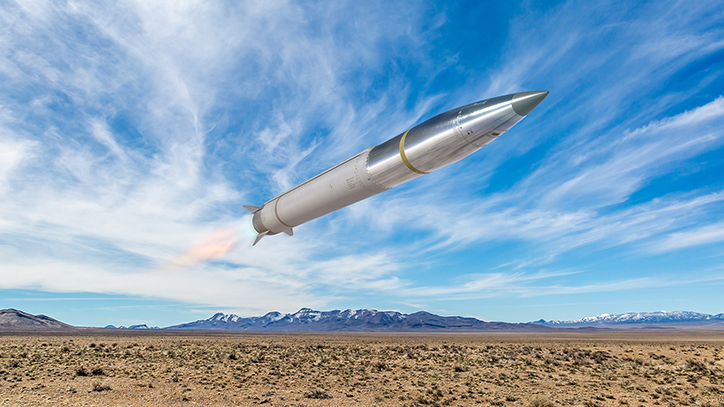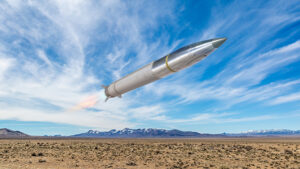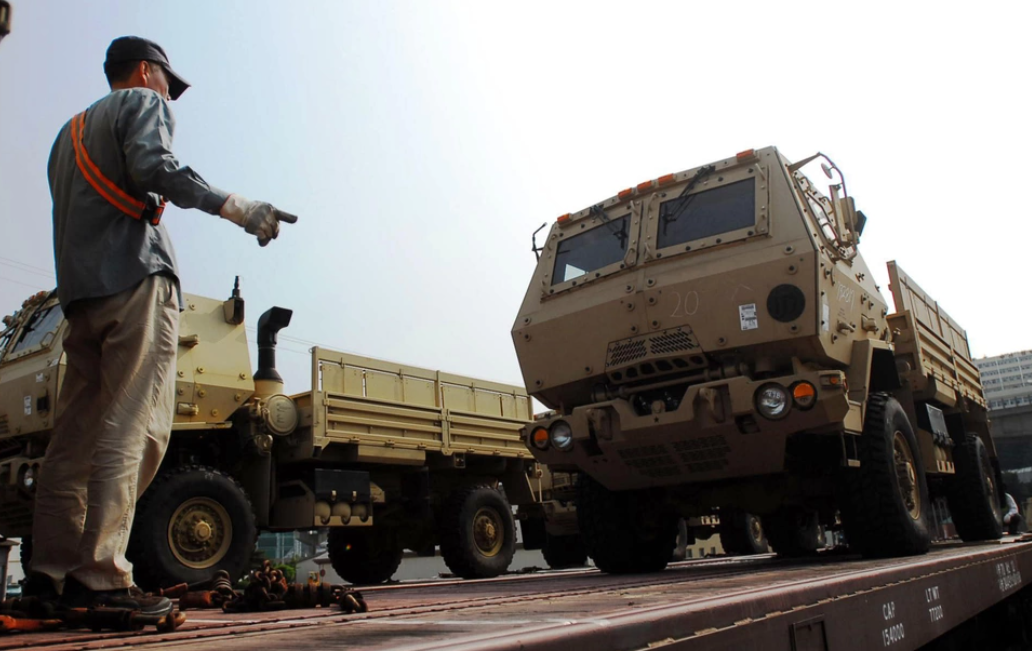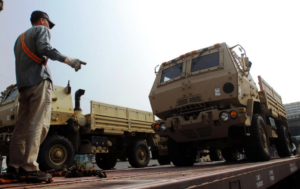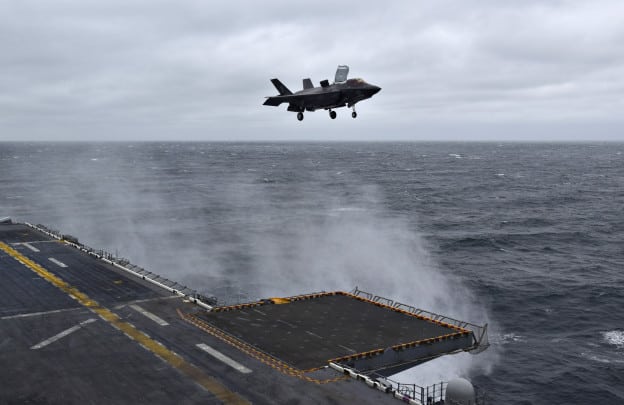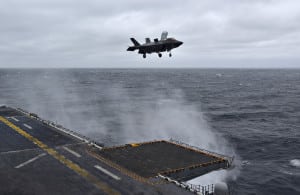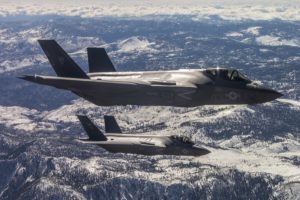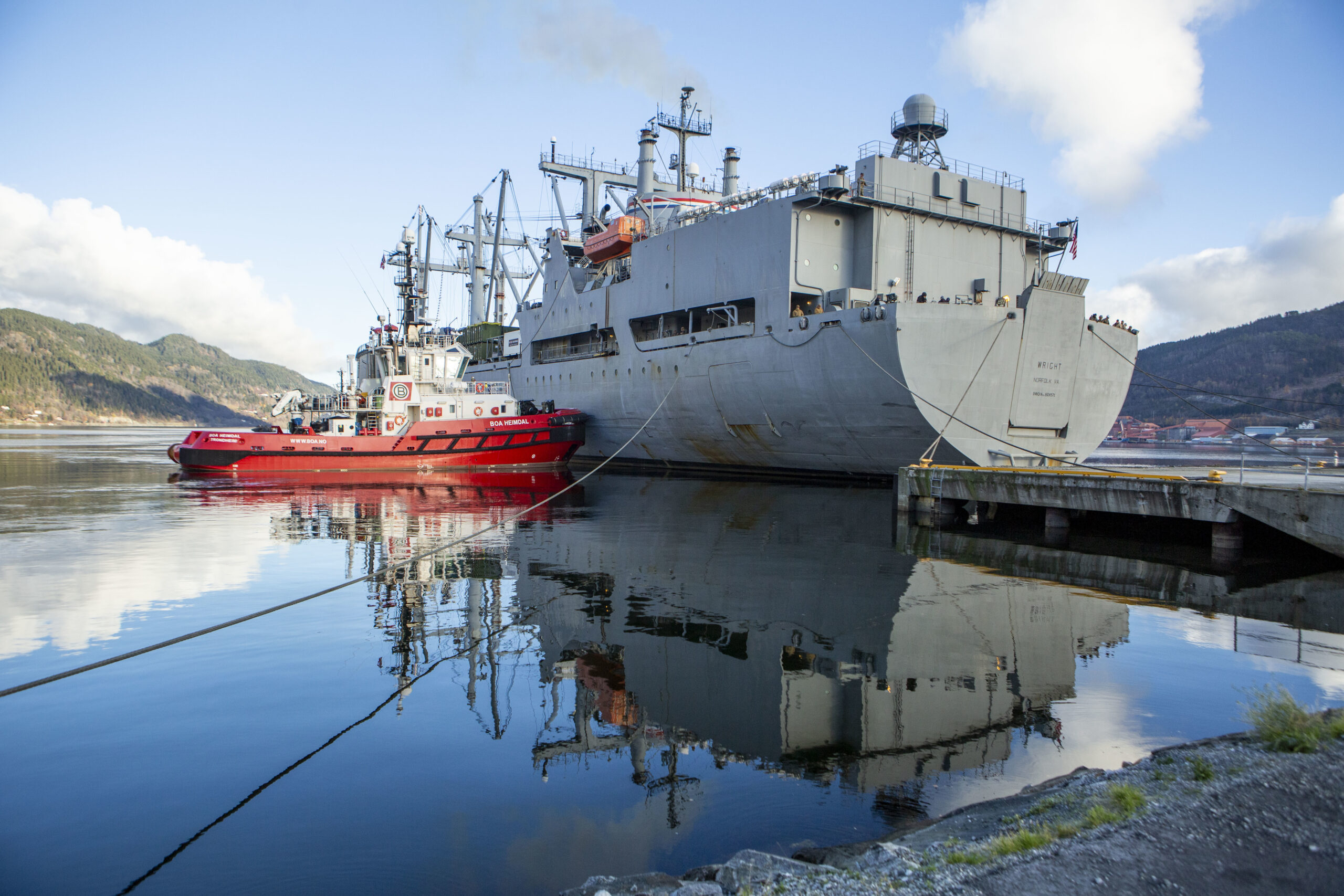HII [HII] on Thursday reported a steep decline in earnings in its fourth quarter driven by lower performance in construction of attack submarines and new aircraft carriers coupled with non-recurring gains a year ago related a tax recovery and an insurance settlement.
Sales also fell across the company’s operating segments, with shipbuilding revenue down on lower volume on amphibious assault ships and aircraft carrier refueling and overhauls, less revenue from contract adjustments on attack submarine and carrier construction, less nuclear support work for the Navy, and less C5ISR work.
Net income in the quarter tumbled 55 percent to $123 million, $3.15 earnings per share (EPS), from $274 million ($6.90 EPS) a year ago, short of consensus estimates by 13 cents per share. Those estimates were already depressed following a difficult third quarter when HII said delays in an omnibus submarine building contract that factors in post-COVID labor and wage-related realities had been stalled, combined with a less experienced workforce and infrastructure constraints cut into the bottom-line (Defense Daily, Oct. 31, 2024).
The company’s guidance assumes the contract for the 17 submarines—to include two
Virginia-class submarines in the fiscal year 2024 bill, one Columbia-class nuclear missile submarine—will be signed, Chris Kastner, HII’s president and CEO, said on an earnings call. He expects the contract for the Virginia submarines to be signed in the “first part” of 2025.
Shipbuilding operating margin in 2024 across HII’s two shipbuilding segments was 5.2 percent, well off the plan of several years ago that called for margins of 9 to 10 percent in these businesses. Kastner believes the company can return to its shipbuilding margin goals, highlighting that the government “has been very receptive to understanding the current economic environment, and we will get inflation protection in those in those new contracts.”
In 2025, about 70 percent of shipbuilding sales will come from contracts that were signed before the COVID pandemic, and that percentage will drop to 60 percent in 2026, and below 50 percent in 2027, Tom Stiehle, HII’s chief financial officer, said on the earnings call.
While HII exceeded its 2024 goal of hiring more than 6,000 shipbuilders, “attrition remains stubbornly high,” Kastner said. The company’s data shows that increasing wages, with help from the Navy, will stabilize the workforce, and also allow the hiring of skilled shipbuilders, he said.
HII’s acquisition in January of metal fabricator W International, which adds 500 workers and 480,000 square feet of additional space, is part of the company’s plan to increase shipbuilding throughput by 20 percent over 2024. The Charleston, S.C., facility is already building aircraft carrier units and soon will be constructing submarine units, Kastner said.
The labor initiatives, ramp-up of the Charleston operations, increasing outsourcing, and the use of contract labor to close skill gaps, are part of the shipbuilding throughput plan for 2025, which is the first of three operational imperatives for HII this year, he said.
The second imperative is achieving $250 million in annualized cost savings already underway, including a new payroll system and reducing the Mission Technologies segment from six down to four business units.
Finally, HII is ensuring that new ship contracts account for the “current economic and production environment,” Kastner said.
Sales in the fourth quarter were down about 5 percent to $3 billion from $3.2 billion a year ago. For the year, sales increased less than a percent to $11.5 billion. Net income in 2024 fell 19 percent to $550 million ($13.96 EPS) from $681 million ($17.07 EPS) in 2023.
HII introduced expectations for 2025, with shipbuilding sales between $8.9 billion and $9.1 billion versus $8.7 billion in 2024. The outlook at Mission Technologies is $2.9 billion to $3.1 billion versus just over $2.9 billion in 2024.
Operating margin at the Ingalls and Newport News Shipbuilding segments combined is expected to be between 5.5 percent and 6.5 percent in 2025. Margin at Mission Technologies is expected in the 4 percent to 4.5 percent range. Free cash flow in 2025 is projected at between $300 million and $500 million, versus $40 million in 2024.
Over the next two years, HII expects to garner $50 billion in contract awards, helping to provide long-term visibility of more than 4 percent growth annually and putting the company on track to $15 billion in sales in 2030, and margins expanding incrementally.
HII tallied $12.1 billion in orders in 2024 and backlog stood at $48.7 billion, up a percent from $48.1 billion at the end of 2023.

